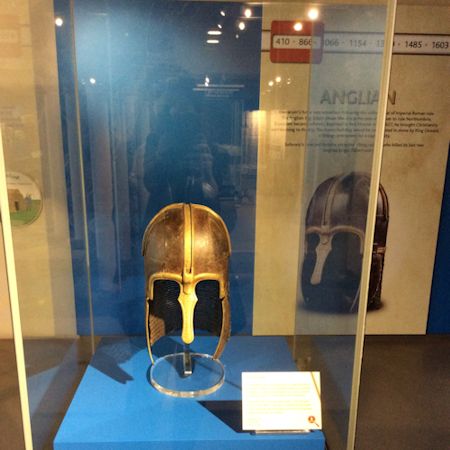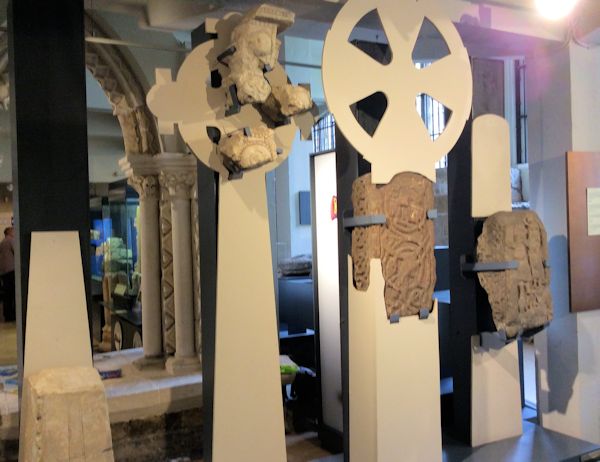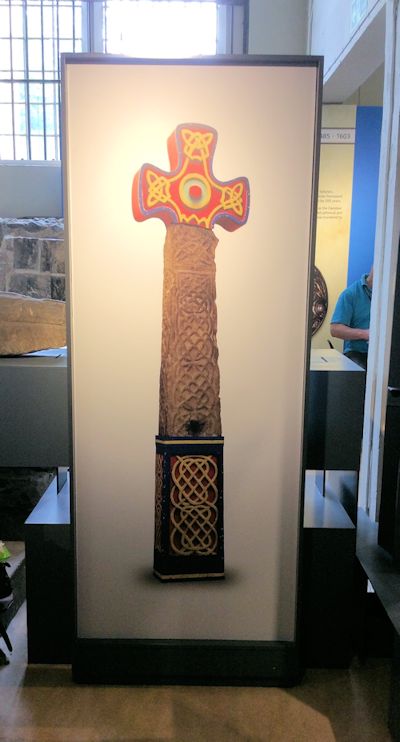Eclipse of Anglian and York and the Anglo-Saxons in the Primary Curriculum
Posted on 9 September 2015
Catriona McMillan
MA in Medieval Literatures, 2015
First of all, I better confess: I am not a history student. I am currently on the MA programme for Medieval Literatures at the Centre for Medieval Studies. My favourite course of the MA−although it is difficult to choose, they were all incredible–was Dr Mary Garrison’s team-taught Early Medieval York module. I was intrigued by the tension illustrated by Dr Garrison between the representation of Anglian and Viking York. As a tourist, I never would have perceived this – if I was not a medievalist, I would have assumed York had Romans, and then Vikings straight away! When the IPUP internship concerning the representation of Anglian York and its place in the new primary curriculum came up, I was very eager to apply.
The brief for the project was in two parts, the first to research the changes in the new primary curriculum concerning the Anglo-Saxons, and the second to work with the Yorkshire Museum on assessing and improving their Anglian Gallery. The end result of the project was a report for my supervisor, Dr Mary Garrison, who will distribute it to any other parties it may concern.
The two sides of the project were very different in practice, but overall they worked beautifully alongside one another. The primary curriculum side was very much research-based, and I spent hours researching and assessing the changes in the history curriculum for Key Stage 2. My overall feeling was that these are changes for the better, as a key feature of the new curriculum is independent historical enquiry, which means primary school children are encouraged to think like mini historians. I also interviewed three heritage organisations about their work with primary children and the Anglo-Saxons: York Minster, Murton Park Danelaw Village and Historical Interpretations.
The museum side of the project was very practical, as I observed an Anglo-Saxon workshop for a primary class and then compiled and delivered a survey looking for family feedback on the current Anglian Gallery. I particularly enjoyed this, as I love talking to the public, and the education side of heritage is a career I would really like to pursue.
The project was not without problems: one of the objectives I was given at the start was to interview primary school teachers about the new history curriculum. Unfortunately, getting in touch with schools in the summer term is pretty much impossible, and those who did get back in touch had not yet taught the Anglo-Saxons. In the end, I was unable to do any interviews with primary teachers, which was very disappointing. But, it did mean that I had more opportunity to delve into the primary curriculum, and because of this I hope I have laid the foundations for more research on the place of the Anglo-Saxons in the primary curriculum in future.
The internship was extremely rewarding, and also helped me to realise that my next step upon completing my MA will be to gain some teaching experience and do a primary PGCE. Without this internship, I don’t know if I would have found it as easy to come to a decision about how to work in heritage education, but thanks to all the people I met along the way, I now have a clear objective and I know that I have only just begun working in a career I love.



